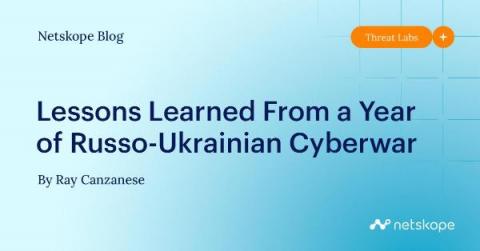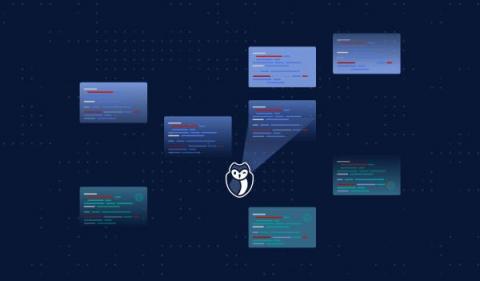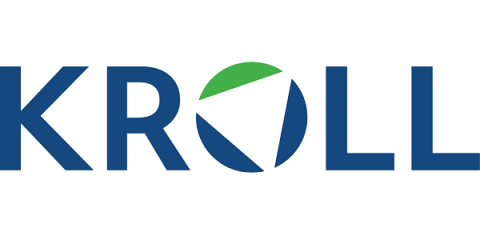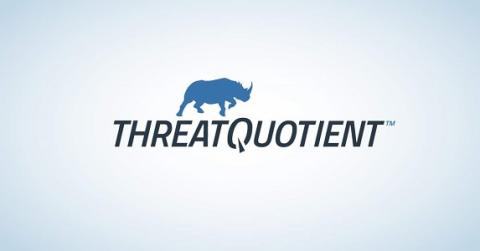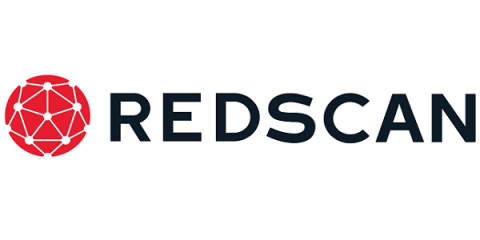Lessons Learned From a Year of Russo-Ukrainian Cyberwar
February 24, 2023 marks one year since Russia invaded Ukraine, starting a conflict that has killed more than 8,000, injured more than 13,300, and displaced more than 14 million people in the past year, according to the UN. Physical warfare between Ukraine and Russia has been accompanied by cyberwarfare between the two countries. This blog post focuses on cyberwar, particularly what we can learn from the past year.


